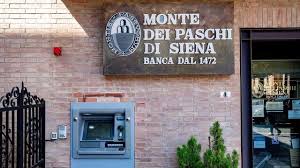Italy hopes to raise at least 1% of its GDP, or $22.2 billion, from asset sales between 2024 and 2026, according to the Treasury’s Economic and Financial Document (DEF), which was released on Saturday.
The initiative is part of Prime Minister Giorgia Meloni’s efforts to contain the second-largest debt load relative to GDP in the euro zone, while investors closely monitor Rome’s deteriorating public finances.
From 140.2% this year, the debt-to-GDP ratio for Italy is predicted to decrease to 139.6% in 2026.
According to the DEF, the new targets take the proceeds from asset sales anticipated over the next three years into account, demonstrating that the debt load will likely increase in the absence of the sell-off plans.
Giancarlo Giorgetti, the Italian minister of the economy, stated in the paper that enterprises subject to existing privatization commitments with the European Commission will be included in the stake sales.
This is a reference to the 2017 taxpayer-funded bailout of the bank Monte dei Paschi di Siena (MPS).
Advertisement:
Bankers believe that the Treasury will appoint consultants to help with the bank’s re-privatization process, but Giorgetti recently shot down the idea of swift action by claiming that the government has no immediate need for money.
Without going into further detail, Giorgetti said that Italy would also divest its holdings in companies where the Treasury’s stake “exceeds that necessary to maintain an appropriate coherence and unity of strategic direction”.
Although the COVID-19 crisis started a protracted period of expansionary fiscal policy that hasn’t yet concluded, Italy’s governments have a history of missing privatization goals.
To help reduce the debt and reassure investors, the then-prime minister Giuseppe Conte promised to earn roughly 18 billion euros via asset sales by the end of the next year. However, the strategy had no success.

















